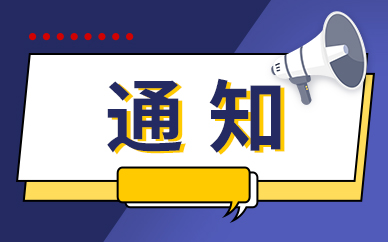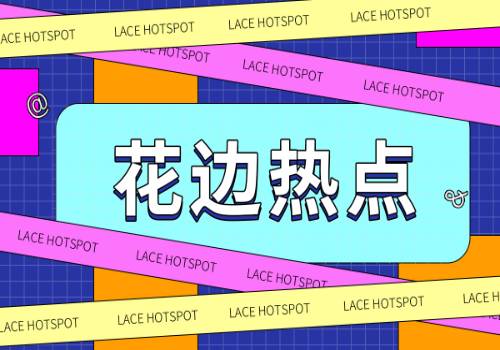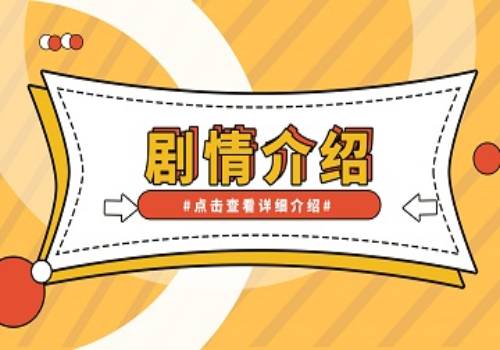如何使用集中式状态管理的Vuex?下面本篇文章就带大家了解一下vuex,简单聊聊vuex的使用方法,希望对大家有所帮助!
1.vuex是什么
一个专门在Vue中实现集中式状态管理的一个Vue插件,可以对vue应用中多个组件的共享状态进行集中式的管理(读取/写入),也是一种组件间通信的方式,并且适用于任意组件间通信
2.什么时候使用Vuex
 (资料图)
(资料图)
1.多个组件依赖于同一状态
2.来自不同组件的行为需要变更同一状态
2.1如何使用Vuex
首先我们要知道,如果使用了Vuex就大概率需要两个或者多个组件共享一套数据/状态,所以首先需要准备两个组件(分别为Count,Person),再就是我们要在src目录下添加一个store文件,因为Vuex就是依靠store来进行一系列的准备任务的
2.2Count组件
在这个组件内我们可以看到map...一堆东西,这里我们就不得不说vuex里面的四个map了,如何使用map方法我放到了最后,这里我们只介绍一下该组件的功能Count是个有着“强大”计算功能的组件,它可以进行将最后的数进行放大10倍,可以奇数运算,可以延迟运算可谓是极其的“强大”
<template> <div> <h3>当前和为:{{sum}}</h3> <h3>当前和为:放大10倍:{{bigSum}}</h3> <h3>我在{{school}},学习{{subject}}</h3> <h3>下方组件的总人数{{personList.length}}</h3> <select v-model.number="num"> <option value="1">1</option> <option value="2">2</option> <option value="3">3</option> </select> <button @click="increment(num)">+</button> <button @click="decrement(num)">-</button> <button @click="incrementOdd(num)">奇数+</button> <button @click="incrementWait(num)">500ms后再+</button> </div></template><script>// 引入mapState等import { mapState, mapGetters, mapMutations, mapActions } from "vuex";export default { name: "Count", data() { return { num: 1 // 用户选择的数字 }; }, computed: { // 使用mapState生成计算属性,从state种读取数据(...mapstate()的意思是将其内的对象全部展开的计算属性里面) // ...mapState({ sum: "sum", school: "school", subject: "subject" }), // 对象写法 ...mapState(["sum", "school", "subject", "personList"]), // 数组写法 // 使用mapGetters生成计算属性,从getters种读取数据 // ...mapGetters(["bigSum"]), // 数组写法 ...mapGetters({ bigSum: "bigSum" }) // 数组写法 }, methods: { // 借助mapMutations生成对应的方法,方法种会调用相应的commit去联系mutations ...mapMutations({ increment: "JIA", decrement: "JIAN" }), // 对象式 ...mapActions({ incrementOdd: "jiaodd", incrementWait: "jiaWait" }) //数组式 // ...mapActions(["jiaodd", "jiaWait"]) //数组式简写 }, mounted() { }};</script><style>button { margin-left: 5px;}</style>2.3Person组件
Person组件有着“强大”的人员添加的功能,他可以按照自己的意愿进行添加你的亲朋好友等
<template> <div> <h3>人员列表</h3> <h3>Count组件的求和为{{sum}}</h3> <input type="text" placehodler="请输入名字" v-model="name"> <button @click="add">添加</button> <ul> <li v-for="p in personList" :key="p.id">{{p.name}}</li> </ul> </div></template><script>import { nanoid } from "nanoid";export default { name: "Person", data() { return { name: "" }; }, computed: { personList() { return this.$store.state.personList; }, sum() { return this.$store.state.sum; } }, methods: { add() { const personObj = { id: nanoid(), name: this.name }; this.$store.commit("ADD_PERSON", personObj); this.name = ""; } }};</script>2.4引入组件
分别再App内引入这两个组件
<template> <div class="container"> <Count></Count> <Person/> </div></template><script>import Count from "./components/Count";import Person from "./components/Person";export default { name: "App", components: { Count, Person }};</script>2.5配置store文件夹下的index.js
要在store文件夹下面新建一个index.js文件,然后再index文件里面进行写入如下代码,首先是引入vue和vuex,再使用action进行动作响应,在这里我们可以接收到两个参数分别式context和value他们分别式上下文和所传入的值,我们可以再context身上发现我们所配置的state里面的所有东西,这就是context身上的东西,和value,这里value的值就是1
// 创建VUex种的store核心import Vue from "vue"// 引入Vueximport Vuex from "vuex"// 使用vuex插件Vue.use(Vuex)// 准备actions——用于组件内的动作响应const actions = { // 奇数加法 jiaodd(context, value) { if (context.state.sum % 2) { context.commit("JIA", value) } }, // 延迟加 jiaWait(context, value) { setTimeout(() => { context.commit("JIA", value) }, 500); },}// 准备mutations——用于数据操作const mutations = { JIA(state, value) { state.sum += value }, JIAN(state, value) { state.sum -= value }, ADD_PERSON(state, value) { console.log("mustations种的ADD_PERSON被调用",state.personList); state.personList.unshift(value) }}// 准备state——用于数据的储存const state = { sum: 0, // 当前和 school: "山鱼小学", subject: "前端", personList:[{id:"001",name:"张三"}]}// 用于加工state种的数据const getters = { bigSum(state) { return state.sum * 10 }}// 创建store并且暴露storeexport default new Vuex.Store({ // actions: actions,// 前后名称一样所以可以触发简写模式 actions, mutations, state, getters});2.四个map方法的使用
1.mapState:用于帮助我们映射state中的数据为计算属性
computed: { // 使用mapState生成计算属性,从state种读取数据(...mapstate({})的意思是将其内的对象全部展开的计算属性里面) ...mapState({ sum: "sum", school: "school", subject: "subject" }), // 对象写法 // ...mapState(["sum", "school", "subject"]), // 数组写法 }2.mapGetters:用于帮助我们映射getters中的数据为计算属性
computed: { // 使用mapGetters生成计算属性,从getters种读取数据 ...mapGetters({bigSum:"bigSum"}) ...mapGetters(["bigSum"]) }3.mapMutations:用于帮助我们生成与mutations交流的方法,包含$store.commit()的函数
methods: { // 借助mapMutations生成对应的方法,方法种会调用相应的commit去联系mutations ...mapMutations({ increment: "JIA", decrement: "JIAN" }), // 对象式 // ...mapMutations(["JIA", "JIAN"]), // 数组式(button的名字和vuex里面的名字必须统一) },3.mapActions:用于帮助我们生成与mutations交流的方法,包含$store.commit()的函数
methods: { // 借助mapActions生成对应的方法,方法种会调用相应的dispath去联系actions ...mapActions({ incrementOdd: "jiaodd", incrementWait: "jiaWait" }), //对象式 // ...mapActions(["jiaodd", "jiaWait"]) //数组式 },注:mapActions与mapMutations使用时,若需要传递参数需要在模板中绑定事件时传递好参数,否则参数是事件对象。
(学习视频分享:vuejs入门教程、编程基础视频)
以上就是浅析集中式状态管理Vuex的使用方法的详细内容,更多请关注php中文网其它相关文章!


























































































































